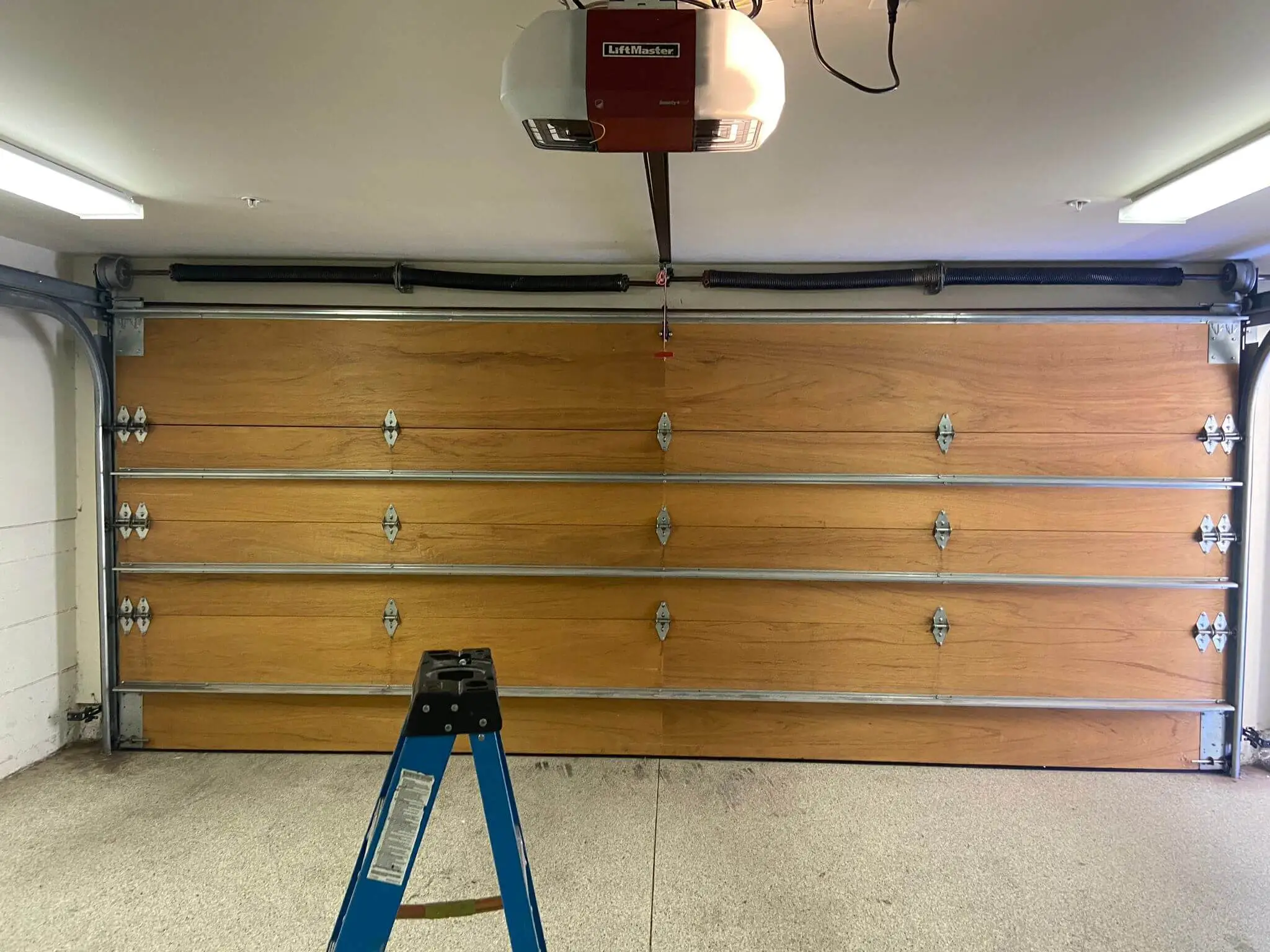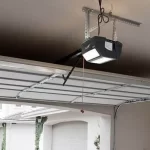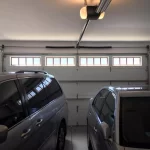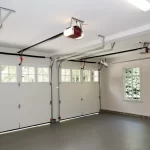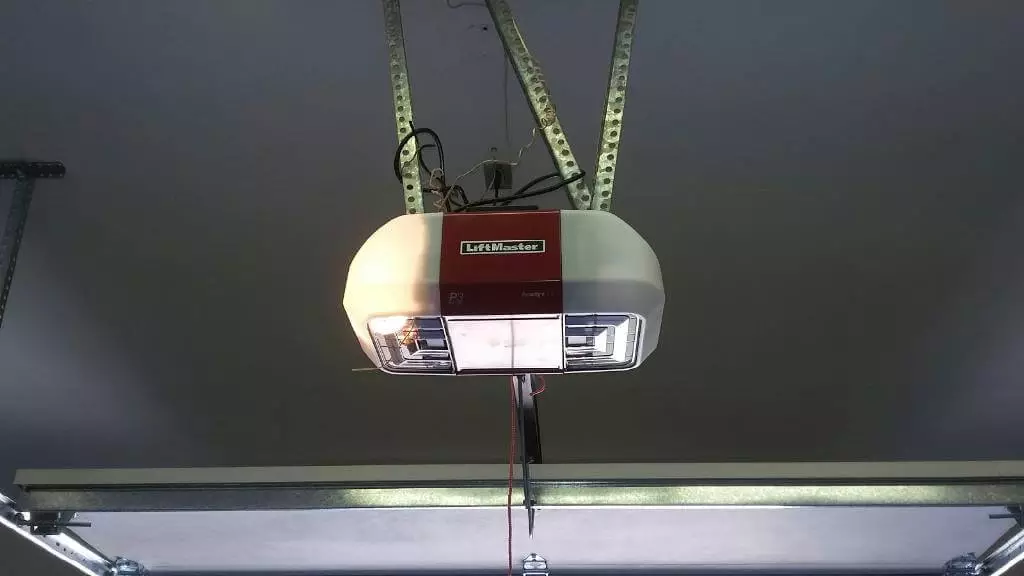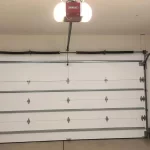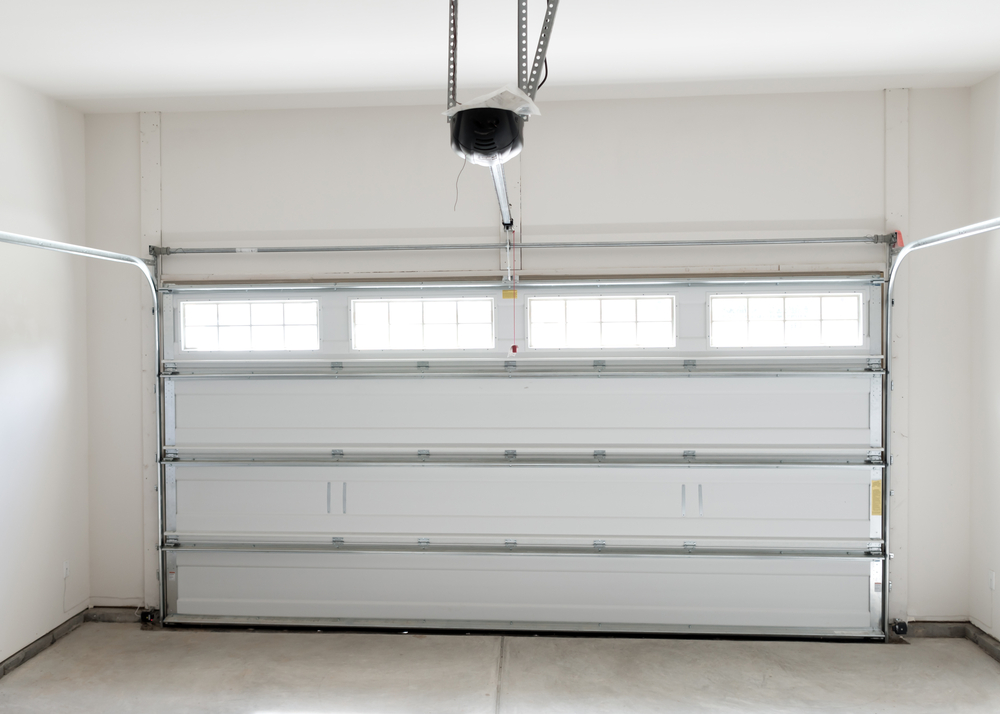Living in a wooded neighborhood comes with many perks, like plenty of shade and privacy. However, all those trees surrounding my home can also cause issues from time to time. Specifically, some low-hanging branches from a neighbor’s maple were interfering with the sensors on my garage door opener.
My door would randomly refuse to close all the way or reopen partway due to the sensors being triggered. At first I thought it might be a problem with the electronics. But after inspecting more closely, I noticed the sensors’ beams were being blocked intermittently as the branches swayed in the wind. It was time for some pruning!

Content
Locating the Sensors
Most garage door openers have a set of sensors mounted approximately 4-6 inches above the ground, one on each side of the door. They work together to form an invisible beam that serves as a safety precaution. If the beam is broken by an obstruction while closing, the door will stop and reverse direction.
To find mine, I simply traced the wires from the opener unit along the ceiling until they disappeared behind the trim boards. A quick peek identified the small rectangular sensor boxes. Making sure not to disconnect or damage the wires, I marked their positions so I wouldn’t confuse left and right later.
Assessing the Offending Branches
Armed with the sensor locations clearly marked, I went outside to get a good look at the tree above. The maple’s lowest branches extended almost directly over the spot where the beams needed to pass uninterrupted. I gave a little hop and was easily able to reach several of the culprit twigs with just a pruning saw.
Some branches clearly needed to come down even further for permanent clearance. To prevent accidental debris from accumulating, I’m thankful my homeowners insurance covers any damage from tree work done by professionals. A quick call to Garage Door opener Repair in Richmond and their certified arborists handled the rest.
Rechecking Functionality
With the trimmed branches hauled away and sensors no longer at risk of blockage, it was time to test if my fix worked. I opened and closed the door a few times with no issues. Then I added an extra precaution – activating the sensors with my hand while it was moving.Sure enough, the door instantly reversed direction just as it should in case of an actual impact. Crisis averted!
Regular Debris Clearing
As pretty as trees are, they do tend to drop a lot of leaves, twigs and small branches regularly. So to keep garage functions running smoothly long term, I make a habit of clearing any organic debris from the sensor areas a few times each fall. A soft broom does the trick without risking any scratches to their lenses.
Any sizable piles beneath the branches also receive regular clean-ups so moisture and rot don’t become issues. It only takes a few minutes here and there to maintain that open line of sight the sensors rely on. As with any system, a little preventative maintenance goes a long way in avoiding potentially expensive repairs down the road.
Additional Upgrades
While fixing the sensor interference solved the primary issue, I decided to take advantage of the opportunity to spruce up my entire garage door setup with a few other upgrades too. Modern openers come with lots of useful safety, convenience and monitoring features that my aging model lacked.
A new battery backup meant electricity outages wouldn’t trap me outside. Integrated Bluetooth connectivity allowed me to control and monitor the door’s status from anywhere via smartphone app. And a sleek LED light strip illuminated the interior for improved visibility and security.
Overall it was a very satisfying DIY weekend project accomplished without spending a fortune. Just some elbow grease, basic tools and patience. Between the pruning, tweaks and key replacements, I’m confident my garage access will function reliably for many more seasons to come.
When to Call in the Pros
Of course, not all garage or opener issues can or should be tackled solo without proper training or equipment. If significant structural repairs like rail replacements or springs adjustments are needed, it’s always best to consult experienced ‘Garage Door opener Repair in Richmond’ technicians.
Their expertise helps ensure work is done safely per code. Highly mechanized components under high tension require precision that average DIYers may lack. Plus, certified installers provide warranty coverage for their work that hobbyists cannot match. So while minor tune-ups are reasonable to self-perform, major overhauls are definitely a job for the professionals.

Jason is the problem-solver extraordinaire. When your garage throws a challenge your way, he’s the one with a solution.

